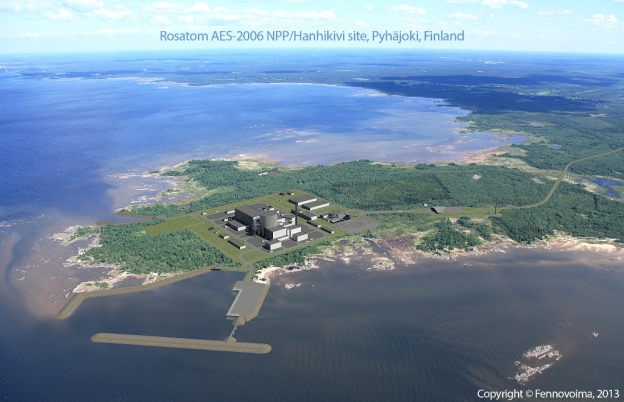The nuclear power industry, which had been in the doldrums since the 1980s, suffered a devastating blow in 2011 when a tsunami engulfed the Fukushima power plant in Japan, ultimately causing a meltdown. The amount of electricity generated by nuclear power worldwide plunged 11% in two years, and has not recovered since. Within this declining industry, one country now dominates the market for design and export of nuclear plants: Russia.
Rosatom, Russia’s state-owned nuclear-power company, is focused on what some call the “great grand middle”: countries that are close allies of neither the United States nor Russia. In April Russia started building Turkey’s first nuclear plant, worth $20bn. Its first reactor is due for completion in 2023. Rosatom says it has 33 new plants on its order book, worth some $130bn. A dozen are under construction, including in Bangladesh, India and Hungary…. Once completed the plants offer an obvious diplomatic lever in the form of sway over a large portion of a country’s electricty generation… The relationship betweeen exporter and customer is particularly close in a nuclear plant’s early years, when local employees are still being trained and the exporting country is direclty involved in the plant’s operation….
Russia’s nuclear programme has endured for two main reasons. Its designs are cheap, and Rosatom enjoys the backing of the state, which helps it absorb hard-to-insure risks like nuclear meltdowns. Its competitors trail hopelessly: France’s Areva (now Orano) has started building only two plants in the past ten years, in Finland and China; both are delayed and over budget. KEPCO, South Korea’s energy company, is facing a domestic backlash against nuclear power, while Westinghouse, in America, is only now emerging from bankruptcy.
Russia’s only real competitor is China..Yet although China will surely catch up, for now Russia has no serious rivals in the export of nuclear technology. In a world that needs to generate much more electricity from nuclear power if it is to take decarbonisation seriously, that is a sobering though
Excerpts from Atoms for Peace: Russia and Nuclear Power, Economist, Aug. 4, 2018, at 43

